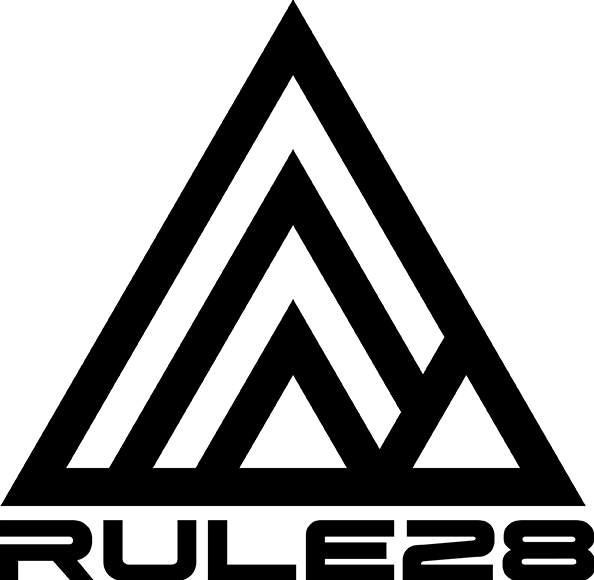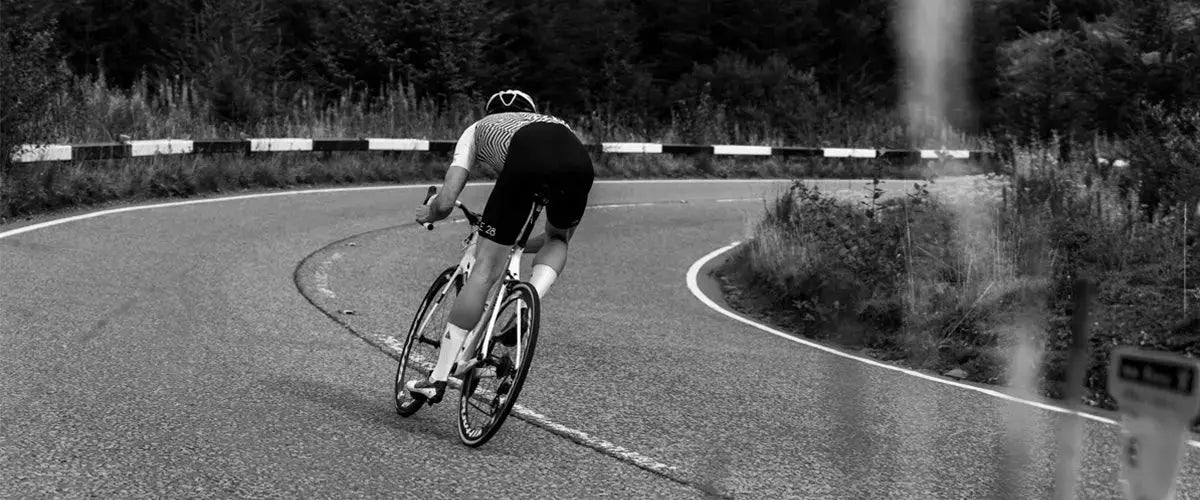Who is your sporting hero? This is a question I regularly ask athletes in my sport psychology clinic as it is a brilliant way to think about what we value in sport.
- Who do we want to emulate?
- What do we believe is a great sporting mentality?
- Who inspires you to do better and to be better?
These questions are helpful to reflect on as, in order to reach our sporting goals, we need to be clear not just on how we do our sport but the way in which we want to do it. Jumping straight into writing our goals is a bit pointless if we don’t take into account the journey; where we are starting from and what we need to do along the way. A performance profile allows us to do this so, any time you set sporting goals, complete a performance profile first.
Understand The Barriers Between You and Your Hoals
Performance profiling can help you to understand the barriers and obstacles that might sit between you and your goals. It helps you take your goal and turn it into an actionable, focused plan, entirely focused on your understanding of yourself as an athlete and your knowledge of what works in the sport you do. It is a really good way to flesh out overall goals for a year or season and can help you break them down into the very specific actions you can take which will make the biggest difference to your performance. It also stops you feeling like you need to work on everything and instead highlights the elements which will make the most impact. It means rather than 20 or more actions causing a lot of overwhelm you get 4 or 5 which feels much more do-able!
Provide a Reality Check on Reaching Your Goal
It is a great reality check as it highlights how much work will be required to reach your goal and as you look through the finished profile you can assess if you really do have the time, energy, and discipline to bridge the gaps you have identified. As you head towards your goal you have something to regularly reflect against so you can push harder (or take it easier) if needs be. When you hit race day you get a huge amount of confidence from knowing you have completed the training that needed to happen.
Make the performance Profile Your Own
Most important to remember is this isn’t something to let your coach (if you have one) do for you. They could be a prompt or offer ideas, but this profile is most effective when it you own it and it has come from your own head and your own heart.
Download a Performance Profile template here
The 6 Steps to Creating a Performance Profile
- Focus on a goal which is about four to six months away. It gives you enough time to work on the right things but is not so far away it feels daunting or discouraging. Write your goal into the box by the rider’s feet.
- Think about what it takes for a rider to reach that goal. Not what you are doing or what you have done but what a regular rider who has achieved that goal would have done, what characteristics they would be using, what work would have gone in. You want to think about these in terms of:
- Support in place
- Coach relationship
- Technical skills they rely upon
- Tactical skills they developed
- Physical preparation undertaken
- Fitness work completed
- Regularity of training
- Intensity of training
- Strength and Conditioning efforts
- Logistical planning
- Psychological behaviours
- Mental Skills used
- Use of values
- Mindset taken
- Nutrition / Hydration
- Sleep
Put each one in each of the 16 boxes.
- Reflect on how important each of these elements will be to achieving that goal and score it from 1-10. 1 will be fairly unimportant. 10 would be totally essential. Score each element.
- Reflect on how well you are currently doing this element and score it from 1-10. 1 will be not at all. 10 will be all the time, consistently.
- Take your score for your own efforts (in step 4) away from 10 (to give you the gap from where you are to where you would like to be) and multiply by the importance score in step 3. This will give you your PP score. Write this in the bottom box.
- Find the 4 highest PP scores. These will be the elements you need to build into your goal setting as they will make the most difference to your ability to achieve your goal.






Share:
Motivation